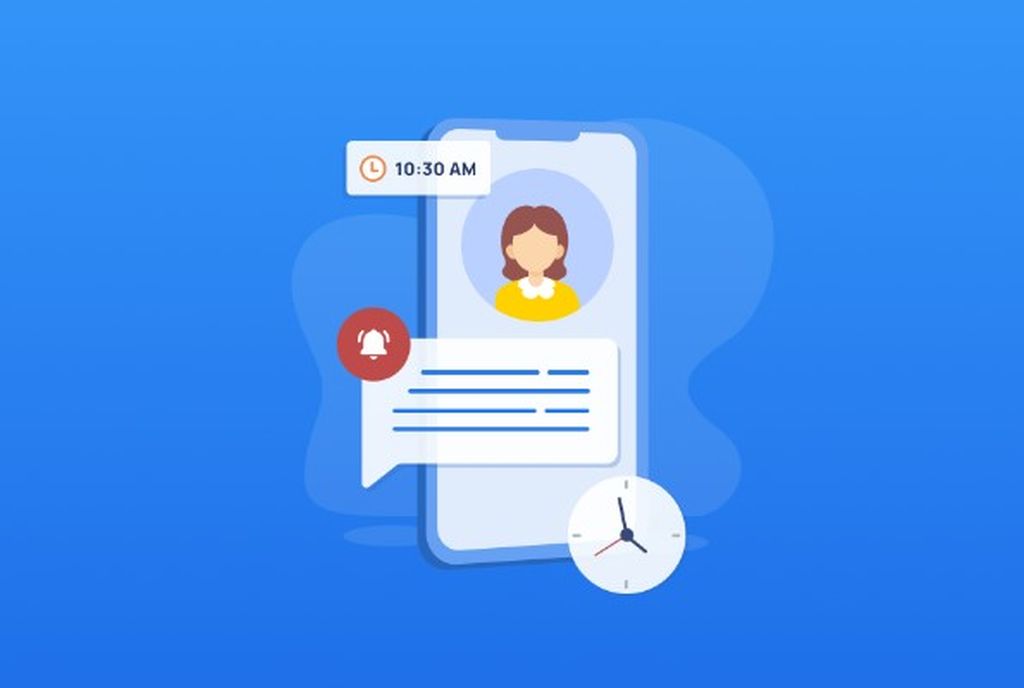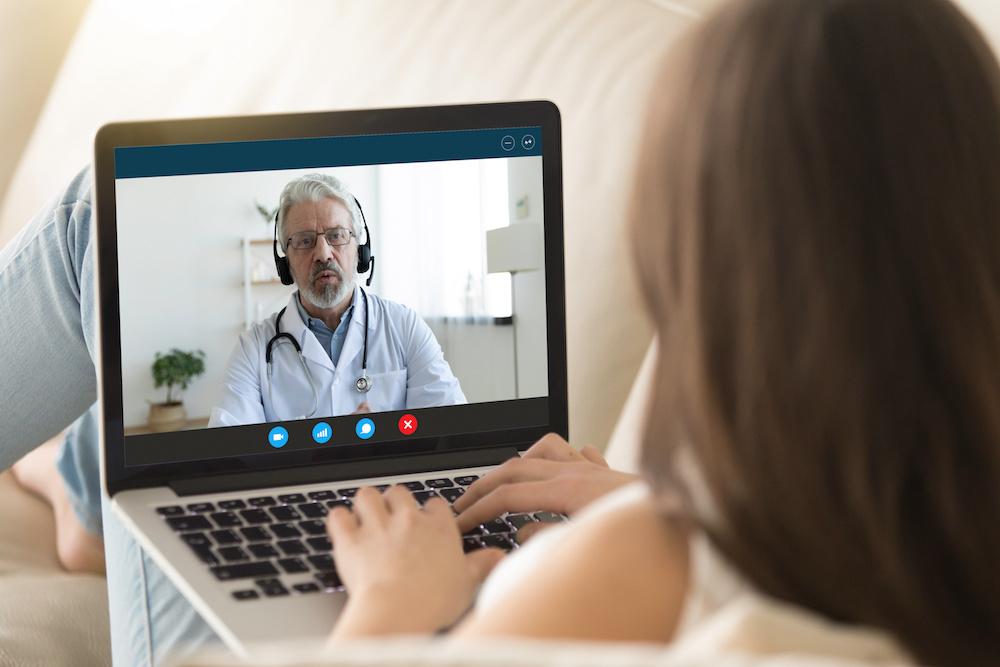Patient scheduling is an essential part of any healthcare practice. It helps ensure that patients are seen in a timely and efficient manner, which ultimately leads to better patient outcomes. In recent years, there has been a significant shift towards digital patient engagement and the adoption of digital tools to improve patient scheduling processes. Here are some of the most important tools that can help healthcare practices optimize their patient scheduling.
Digital Patient Engagement Platforms

Digital patient engagement platforms are designed to help healthcare providers communicate with patients more effectively. They provide a range of features such as online scheduling, appointment reminders, and patient communication tools that can help reduce no-show rates and improve patient satisfaction. Many of these platforms also offer HIPAA-compliant messaging and video conferencing tools, making it easier for patients to communicate with their healthcare providers remotely.
Digital Front Door
A digital front door is a centralized platform that provides patients with easy access to all of their healthcare providers’ services. It can be used to book appointments, access medical records, and communicate with healthcare providers. This type of platform can help improve patient satisfaction by providing patients with a seamless and convenient way to access healthcare services. Some digital front door platforms also provide healthcare providers with valuable patient data and insights that can be used to improve patient care.
Patient Scheduling Software

Patient scheduling software is designed to automate the process of scheduling appointments. It can help healthcare providers save time and reduce administrative burdens by automating appointment reminders, patient communication, and appointment confirmations. Many of these software solutions also integrate with other healthcare software systems, such as electronic health records (EHRs) and practice management systems, to streamline the entire patient scheduling process.
HIPAA Secure Texting
HIPAA secure texting is a messaging platform designed to provide healthcare providers with a secure way to communicate with patients. It is compliant with the Health Insurance Portability and Accountability Act (HIPAA), which sets strict standards for the privacy and security of patient data. HIPAA secure texting can be used to share sensitive patient information, such as test results and medical records, with patients in a secure and confidential way.
Healthcare AI Chatbots
Healthcare AI chatbots are designed to provide patients with instant access to healthcare information and support. They use artificial intelligence (AI) to provide patients with personalized recommendations and advice based on their specific health concerns. Healthcare AI chatbots can be used to triage patients, provide medical advice, and even schedule appointments with healthcare providers.
Online Patient Communities

Online patient communities are designed to provide patients with a platform to connect with others who are going through similar health experiences. They can be used to share advice, support, and information about different healthcare providers and services. Online patient communities can help patients feel more connected and supported, which can ultimately lead to better patient outcomes.
In-Person Scheduling Kiosks
In-person scheduling kiosks are designed to provide patients with a convenient way to schedule appointments when they are on-site at a healthcare facility. They can be used to reduce wait times and improve the patient experience by providing patients with a quick and easy way to schedule appointments. In-person scheduling kiosks can also help reduce administrative burdens by automating the patient scheduling process.
Patient Appointment Reminder Calls
Patient appointment reminder calls are a traditional but effective way to remind patients about upcoming appointments. They can be used to reduce no-show rates and improve patient attendance by providing patients with a timely reminder about their upcoming appointments. Many healthcare providers also use automated appointment reminder calls to save time and reduce administrative burdens.
Patient Appointment Reminder Texts

Patient appointment reminder texts are another effective way to remind patients about upcoming appointments. They can be used to reduce no-show rates and improve patient attendance by providing patients with a convenient and timely reminder about their upcoming appointments. Patient appointment reminder texts can also be customized to include additional information such as appointment instructions or directions to the healthcare facility.
Patient Portals
Patient portals are online platforms that allow patients to access their medical records, communicate with healthcare providers, and schedule appointments. They provide patients with a convenient way to manage their healthcare and stay informed about their health status. Patient portals can also be used to reduce administrative burdens by automating certain tasks such as appointment scheduling and prescription refills.
Mobile Applications

Mobile applications are designed to provide patients with easy access to healthcare services and information. They can be used to schedule appointments, access medical records, and communicate with healthcare providers. Many mobile applications also provide patients with tools and resources to help manage their health, such as medication reminders and symptom trackers.
Automated Appointment Scheduling
Automated appointment scheduling is a process that uses artificial intelligence and machine learning algorithms to schedule appointments automatically. It can be used to reduce administrative burdens and save time by automating the appointment scheduling process. Automated appointment scheduling can also help healthcare providers reduce no-show rates and improve patient attendance by providing patients with more flexible scheduling options.
Electronic Health Records (EHRs)
Electronic health records (EHRs) are digital records that contain patient health information. They provide healthcare providers with a centralized platform to access and manage patient data, including medical histories, diagnoses, and treatment plans. EHRs can be used to improve patient care by providing healthcare providers with a more complete picture of a patient’s health status.
Telemedicine

Telemedicine is a healthcare delivery model that uses digital communication technologies to provide healthcare services remotely. It can be used to provide patients with access to healthcare services from the comfort of their own homes, reducing the need for in-person visits. Telemedicine can be used to improve patient access to healthcare services, reduce wait times, and improve patient outcomes.
In conclusion, patient scheduling is an essential part of any healthcare practice, and digital tools have revolutionized the way healthcare providers manage their patient schedules. Digital patient engagement platforms, digital front doors, patient scheduling software, HIPAA secure texting, healthcare AI chatbots, and other digital tools can help healthcare providers streamline their patient scheduling processes and improve patient outcomes.
However, traditional tools such as in-person scheduling kiosks, patient appointment reminder calls and texts, and patient portals remain important parts of the patient scheduling ecosystem. Healthcare providers should consider adopting a mix of digital and traditional patient scheduling tools to ensure that their patients receive timely and efficient healthcare services.






